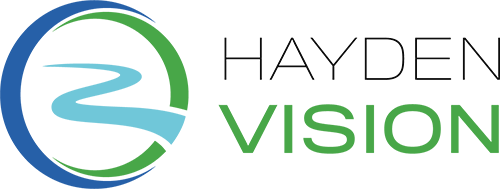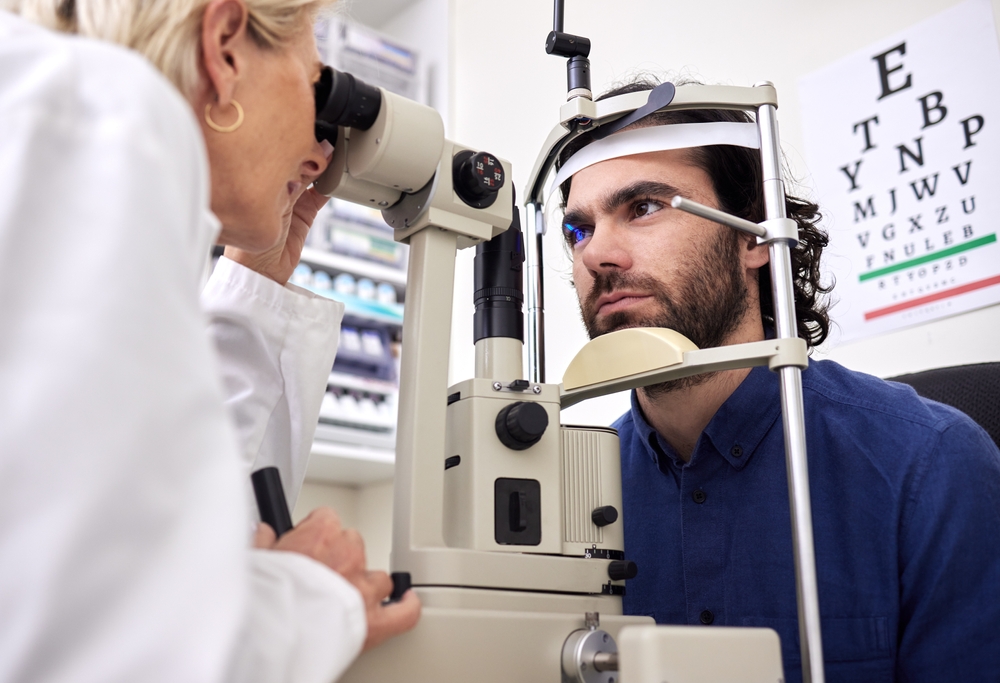
Your vision health is crucial to your overall wellness, but many people forget to make appointments with their eye doctor. Even if you haven’t noticed any issues with your vision, it’s still important to see your eye doctor for regular eye exams.
Your eye doctor can assess your vision and the health of your eyes to ensure they’re at their best. If you can’t remember the last time you had an eye exam, it’s probably time to schedule one.
Keep reading to learn more about how often you need to see the eye doctor.
Why Is Seeing An Eye Doctor Important?
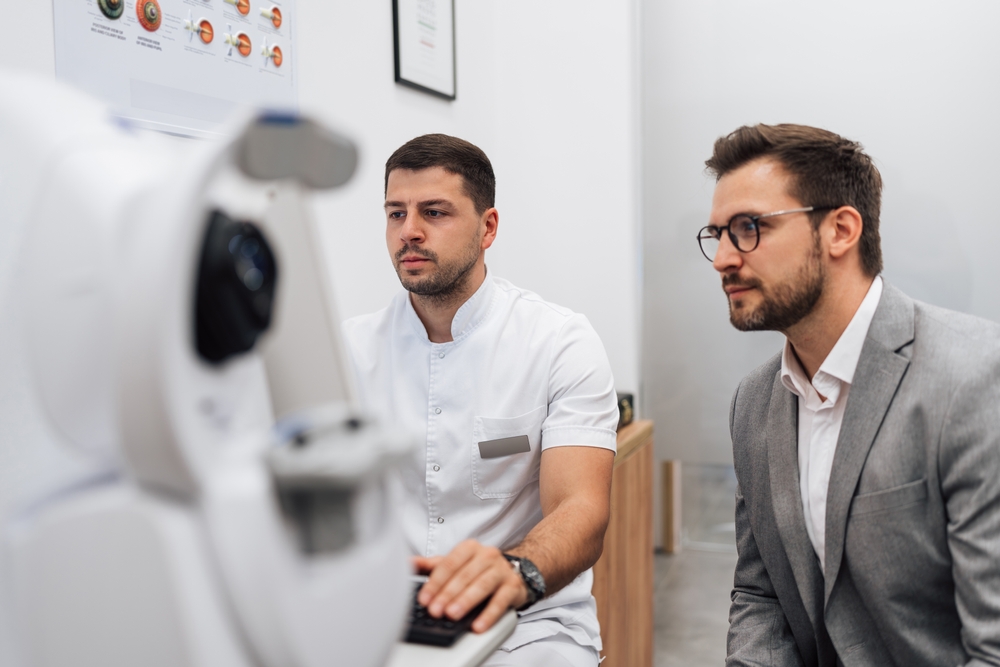
Regular eye exams are good for overall health and essential for detecting eye and vision problems. During your eye exam at Hayden Vision, your eye doctor will evaluate your risk for various eye conditions by learning about your family and health history.
They will also check your eyes for signs of glaucoma, age-related macular degeneration, and more. Many eye conditions don’t show symptoms until significant damage has already occurred, so eye exams are crucial to early detection and treatment.
During your appointment, your eye doctor will also run various tests to assess your vision. These diagnostics allow them to find the right prescription if you have nearsightedness, farsightedness, or astigmatism.
These exams also allow you to get to know your eye doctor. At these visits, you can ask questions about your eye health and get recommendations on caring for your eyes and vision.
Eye health concerns can decrease your quality of life, making it more difficult to do everything from driving to reading. This is why regular eye exams are crucial, as they give you a better chance of detecting issues early and receiving effective treatment.
How Often Should I See My Eye Doctor?
The guidelines on how often you should see an eye doctor vary depending on age and health factors. The older you get, the more frequently you’ll need to schedule eye exams.
If you have vision issues, wear contacts or glasses, or have certain eye conditions, you’ll also want to see your eye doctor more often. During an eye exam at Hayden Vision, you will discuss your specific vision and eye health concerns, as well as your medical history.
This allows your eye doctor to create an optimal timeline for your visits. If you are an adult under 40 with good vision and eye health, you should see your eye doctor at least every one to two years.
If you are over 40, regardless of your vision and eye health, you should see your eye doctor at least once a year, as your risk of having an eye condition increases as you age. If you notice any vision or eye changes, you should make an appointment with your eye doctor immediately, even if you recently had an eye exam, as it’s essential to rule out anything serious.
When Should Children See Their Eye Doctor?
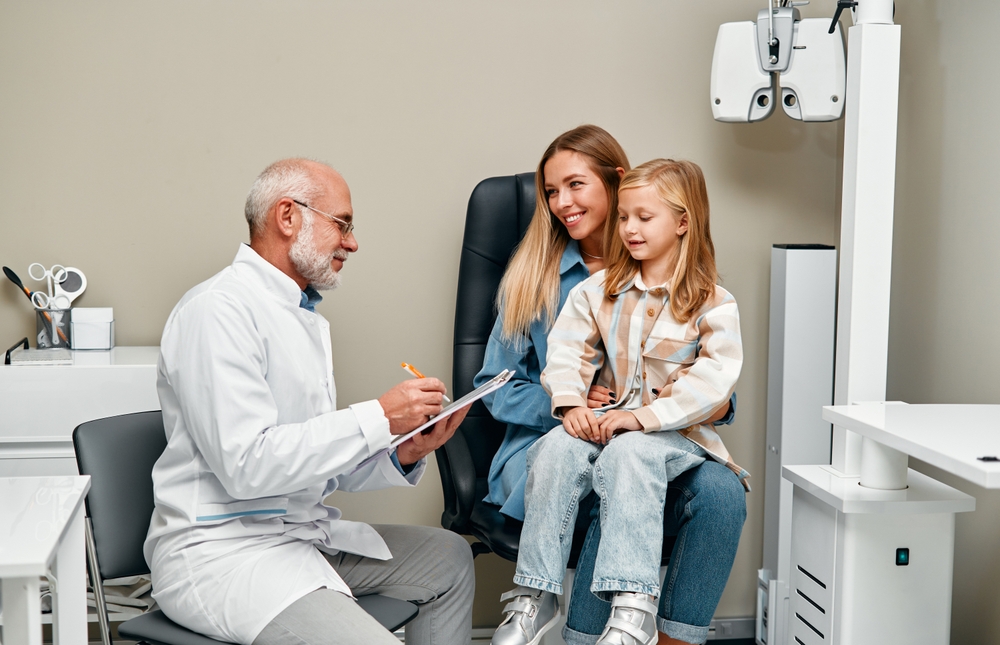
According to the American Optometric Association, children should have an eye exam before their first birthday. They should then have another exam between three and five years old.
Children between 6-17 should have annual eye exams. While these are the general guidelines for children’s eye health, your child may have specific eye concerns that warrant more frequent visits.
If your child wears glasses or contacts, they need yearly appointments.
What Happens During An Eye Exam?
When you have an eye exam, your eye doctor will assess the overall health of your eyes, including your vision. During the exam, they will use specialized instruments to look at the various parts of your eye.
While the exam is minimally invasive and doesn’t hurt, you may notice mild discomfort from things like lights or dilating eye drops. Some of the tests your eye doctor may use during an eye exam include:
Visual Acuity
You may be familiar with the visual acuity test, which assesses how clearly you can see something at a distance. Your eye doctor will have you cover one eye and ask you to read letters from a special chart.
Refraction Assessment
Your eye doctor may measure your prescription using a phoropter. This device switches between lenses of different powers to determine which ones give you the sharpest vision.
Slit-Lamp Exam
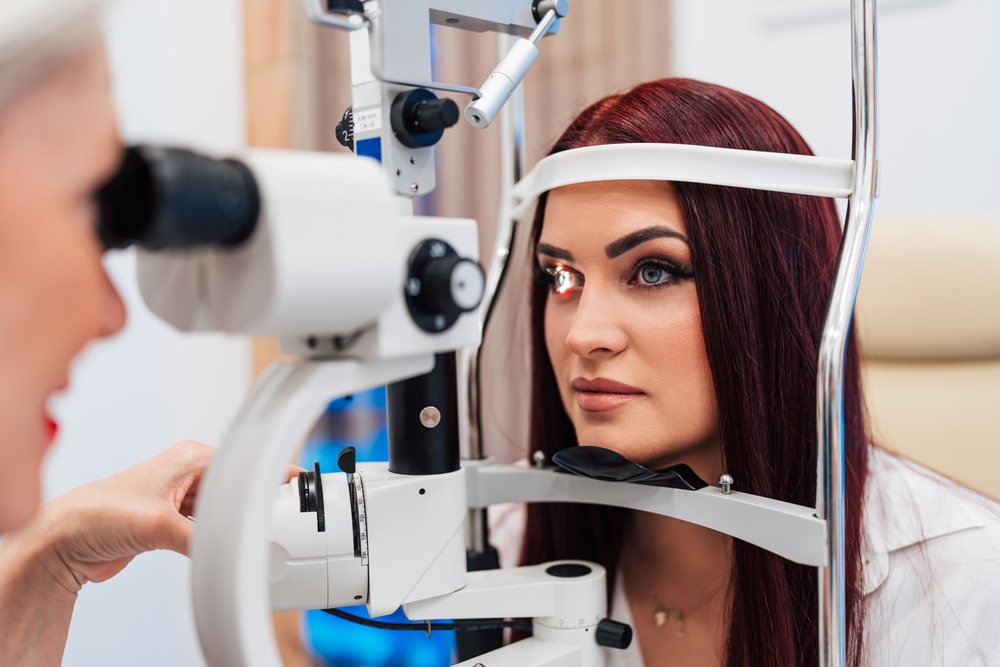
For the slit-lamp exam, your eye doctor uses a slit-lamp to illuminate your eyes and examine them with a microscope to see your cornea, lens, iris, and anterior chamber of the eye.
Eye Muscle Test
An eye muscle test looks at eye muscle movement in six different directions. It can detect any weaknesses or uncontrolled movements.
Visual Field Test
A visual field test can help your eye doctor determine whether you have good peripheral or side vision. Loss of peripheral vision can be an indicator of certain eye conditions.
Retinal Examination
To view the back of your eye, your eye doctor may administer dilating eye drops. These open your eyes wider so that they can examine your retina, blood vessels, choroid, and optic nerve.
Tonometry
Tonometry can measure your IOP or intraocular pressure. Having high intraocular pressure could be a sign of glaucoma.
If you have specific concerns about your eyes, your eye doctor will answer any questions you have and take extra care to address any troublesome symptoms. Have you noticed changes to your eyesight, or has it been over a year since you’ve seen your eye doctor?
Schedule an eye exam today at Hayden Vision in Evansville, IN, today!
